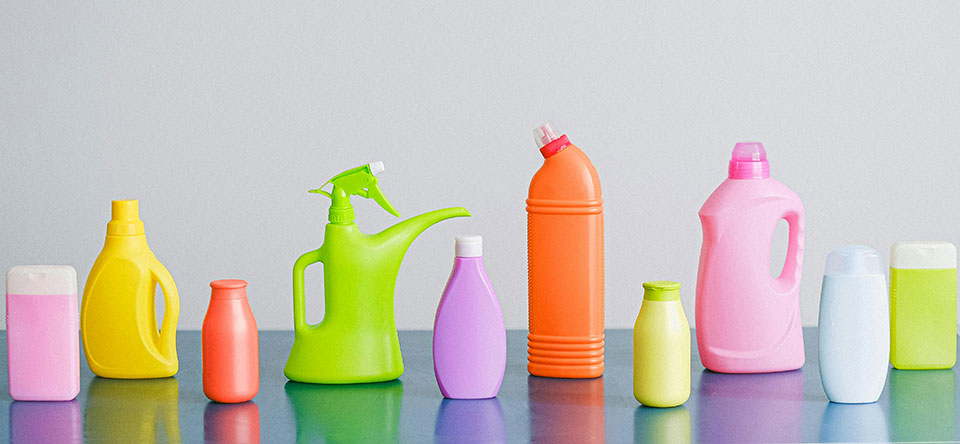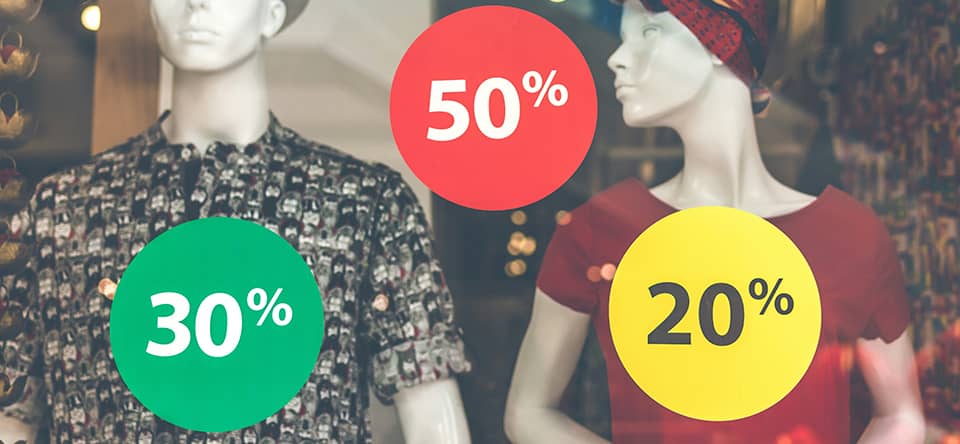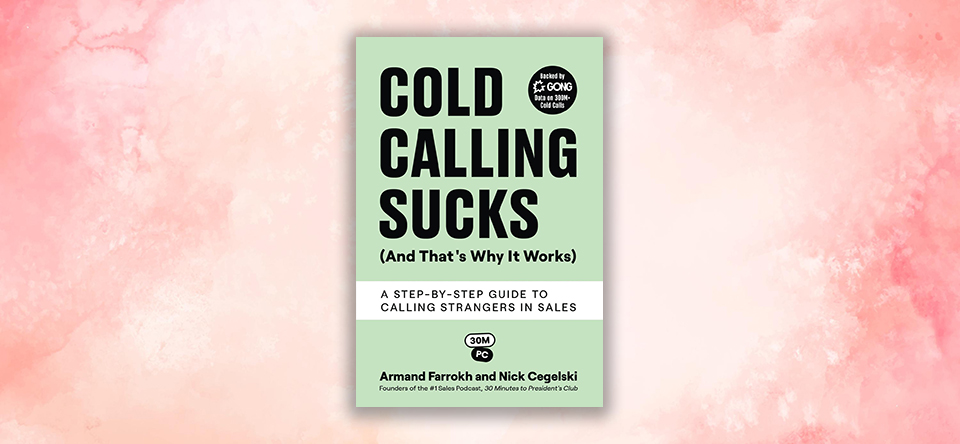Issue 029: How Zogics Boosted Email Clicks by 360%, Handling Sales Objections Like Miyagi & More

April 02, 2025 | #029 | Free Version
Welcome to Startup Blitz, a weekly newsletter full of timeless ideas and insights you can use in your online business.
📧 How Zogics increased their email click-through rate by 360%
🔬 The science-backed way to use discounts for more sales
📞 The Mr. Miyagi method for handling any sales objections
Not subscribed? Learn more and sign up.
How Zogics Increased Their Email Click-Through Rate by 360%

Zogics is a manufacturer of cleaning products.
They have found a simple way to boost email engagement. After customers make a purchase from their website, they receive a standard confirmation email.
Several hours later, typically at the end of the day, customers receive a second, more personalized email. It looks like this:

They include an image of an employee holding a clipboard that says, “Thanks, [Customer Name]!”
“Hi [Customer Name]! Laura from Zogics here . . .
I just wanted to take a minute to thank you for your order and let you know we’re here to help with anything that you may need.
We love to see our products in action, so please feel free to upload a photo or video to social media using the hashtag #zogicslove.
Thanks again for your wipe and dispenser order. We hope to hear from you soon!”
By investing just a minute of their time in each customer, Zogics creates a lasting impression. This is crucial in fostering loyalty and encouraging repeat business.
Source: Never Lose a Customer Again by Joey Coleman
🔬 Scientific Research: How to Use Discounts to Boost Sales

Discounts can be incredibly effective at driving sales. According to one survey, 74% of U.S. online shoppers consider discounts a major factor in their purchasing decisions.
But how can you use discounts most effectively? Here are three scientifically backed tips you can use:
🔹 Use Non-Rounded Discount Numbers
In one study, researchers conducted nine experiments with around 2,000 people. They were trying to buy a range of products – like portable hard drives, water bottles, coffee mugs, and camping chairs. All products were priced between $8 and $50.
Researchers found that using a non-rounded discount number (e.g., 6.8% vs. 7%) increased purchase intent by 13%-21%.
For products over $100, consumers prefer absolute dollar discounts. Use “$50 off” instead of “9.8% off.”
🔹 Offer More Product Instead of a Discount
In a field study, researchers sold a hand lotion in a small retail store. One version had a 35% discount. The other came with a bonus pack with 50% more product.
The reason? Consumers tend to favour larger percentages. A “50% more” offer feels more valuable than “35% off.” Even if both provide the same financial benefit.
🔹 Unrelated Freebies Can Outperform Discounts
Imagine you’re buying canned dog food. The store offers either a $1.99 discount (regular price: $10.99) or a free can opener. Which one would you choose?
Two researchers ran a three-month experiment at a pet shop. They sold two products – a large can ($10.99) and a small ($6.99) can. They offered customers either a $1.99 discount or a free can opener.
According to the researchers, offering a free, incommensurate product can create a stronger sense of value than a small price cut. If you can’t afford to discount heavily, try adding a bonus item instead.
📖 Book of the Week: The Mr. Miyagi Method for Handling Sales Objections

This week, I want to highlight Cold Calling Sucks (and That’s Why It Works) by Armand Farrokh & Nick Cegelski.
How to Handle Objections Like Mr. Miyagi
Step 01: Agree With the Objection
- Not Interested. Ah, my bad. You probably would’ve reached out to us if you needed help.
- No Budget. I hear ya. Nowadays, it’s hard enough to keep something that’s in the budget, let alone ask for something new.
- Competitor. I should’ve assumed you’d be all set. Honestly, most of the time, it doesn’t make sense to switch when you’ve got something in place.”
Step 02: Incentivize Conversation
“People will resist recommendations until they feel like you understand their situation. If you can get them talking, you allow them to air out their concerns, which makes them far more likely to hear you out in return.
“But it’s not easy to get a stranger talking, so we’ll provide an incentive … no more cold calls:
- Not Interested. Just so no one reaches out again, is it that you’ve got something in place, you’re doing it yourself, or you just hate getting cold calls?
- No Budget. Just so no one reaches out again, is it that there’s no budget for this cycle, or you get put through the wringer any time you try to spend it?
- Competitor. Just so no one reaches out again, are you sponsoring Sales Goon, Commission Carl, or someone else?”
Step 03: Sell the Test Drive
“Selling the product now will only reapply the pressure you just worked hard to remove. Instead, sell the test drive—what they will get out of the meeting—even if they never buy the car.
“If you get them in the car, you will have all the time in the world to ask more about their current car, what sucks about it, and how you can make it better.
“For example, here’s how you sell the test drive:
- Not Interested (due to an in-house solution). You probably won’t outgrow your solution for a while. But would you be opposed to taking a look, and if nothing else you might get some ideas to add to your own process?
- No Budget. Hey, you’re probably not gonna buy this thing now. But if budget ever frees up, the people who get it at least have a directional sense of what they’d want. Open to taking a look, and if nothing else you can add it to your wishlist?
- Competitor. Honestly, it rarely makes sense to replace Sales Goon, but we’ve had a few customers switch due to X, Y, and Z. Would you be completely against taking a look, if for no other reason than to get a sense of the tradeoffs?
“I know it feels counterintuitive, but they’re far more likely to try a test drive if they feel you’re not going to hard-pressure them to buy the car.”
(Lightly edited for brevity)
You can find the book on Amazon or any major bookstore. I highly recommend reading the full book.
Thanks for reading. I hope you have found at least some of these tips helpful.
Until next week!
You are receiving this email because you subscribed to Startup Newsletter. You can Unsubscribe from here.